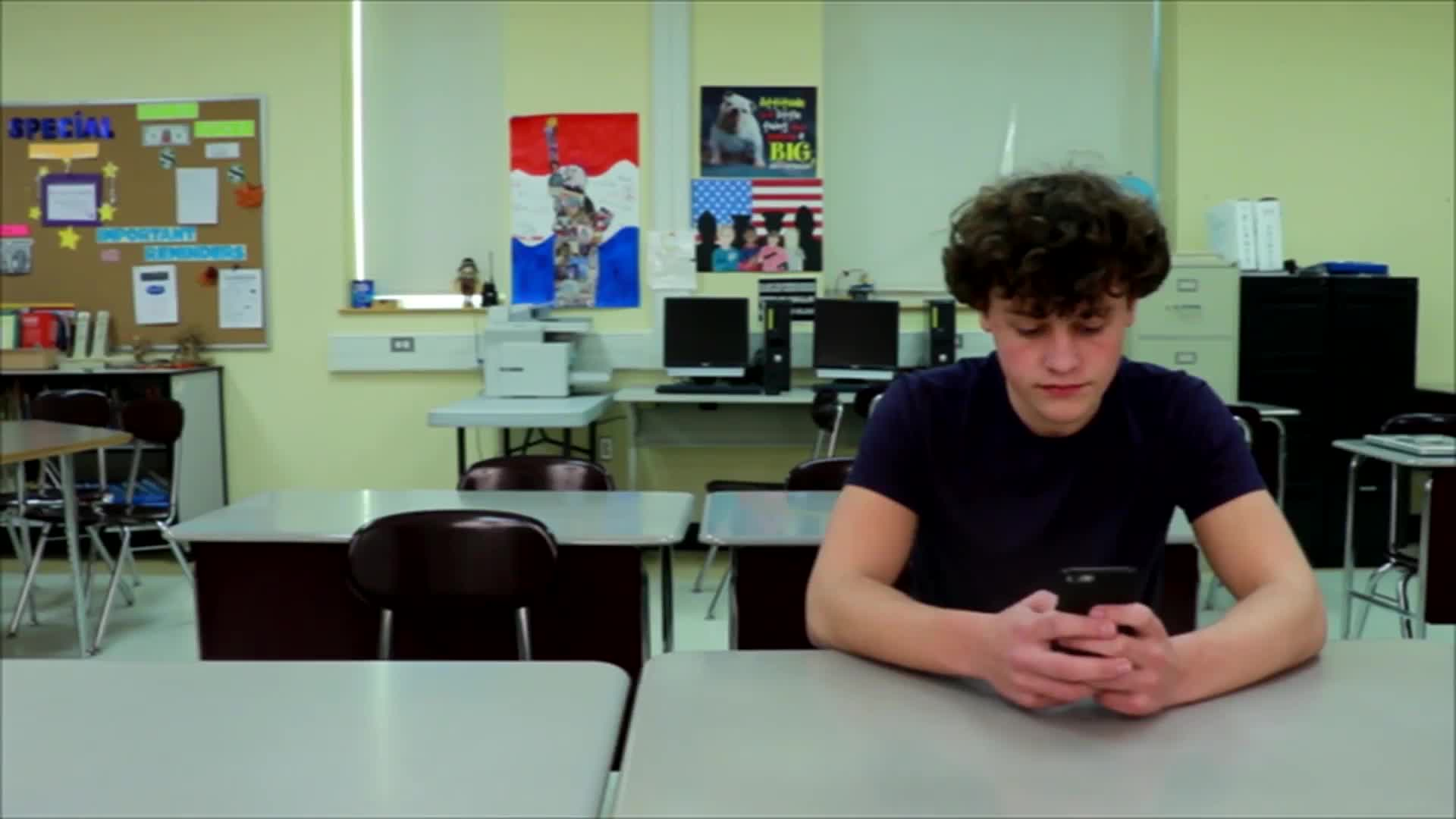
Introduction
As educators, it is essential to teach our Kindergarten students valuable social-emotional skills that will help them navigate their social interactions with ease. One such skill is understanding the difference between conversation drivers and conversation stoppers. Conversation drivers help start or keep conversations moving in the right direction, while conversation stoppers can halt a conversation before it’s ready to end. In this blog post, we will explore a no-prep activity that teaches students how to identify and use conversation drivers and avoid conversation stoppers.
No-Prep Activity: Conversation Drivers and Stoppers Bingo
This activity requires no preparation or materials from the educator and is based on the concept of Conversation Drivers and Stoppers Bingo. To start, have your students sit in a circle and explain to them the rules of the game. The objective is to listen to different conversation scenarios and identify whether a conversation driver or stopper is being used. Once they have identified the driver or stopper, they can mark it on their imaginary bingo board. The first student to get four drivers or stoppers in a row, either up, down, across, or diagonal, can shout “bingo!” and will be the winner.
As the educator, you will present various conversation scenarios to the students. For example, you can say, “In this scenario, Chris tries to talk to Liz, but she is too focused on her iPad and doesn’t respond. What happened?” The students should identify that Liz used a conversation stopper by not listening. Encourage students to discuss how they can show they are interested when someone is trying to talk to them, such as turning their bodies towards the speaker and making eye contact.
Discussion Questions
- Why is it important to use conversation drivers instead of conversation stoppers?
- Can you think of a time when you used a conversation driver or stopper? How did it affect the conversation?
- What are some other examples of conversation drivers and stoppers that were not mentioned in the activity?
- How can we practice using conversation drivers in our everyday interactions?
- How can we help others who might be using conversation stoppers without realizing it?
Related Skills
Besides understanding conversation drivers and stoppers, there are other relevant social-emotional skills that can help students in their interactions with others. Some of these skills include:
- Active listening: Paying full attention to the speaker, making eye contact, and responding appropriately to show understanding.
- Empathy: Understanding and sharing the feelings of others, which helps in building strong connections and friendships.
- Conflict resolution: Learning how to resolve disagreements or misunderstandings in a respectful and constructive manner.
- Emotional regulation: Managing one’s emotions effectively, especially during challenging social situations.
Next Steps
Now that you have learned about Conversation Drivers and Stoppers Bingo, we encourage you to explore more activities and resources that can help you teach social-emotional skills to your Kindergarten students. Sign up for free samples of skill-building materials at Everyday Speech, and continue to empower your students with the tools they need for successful social interactions.

